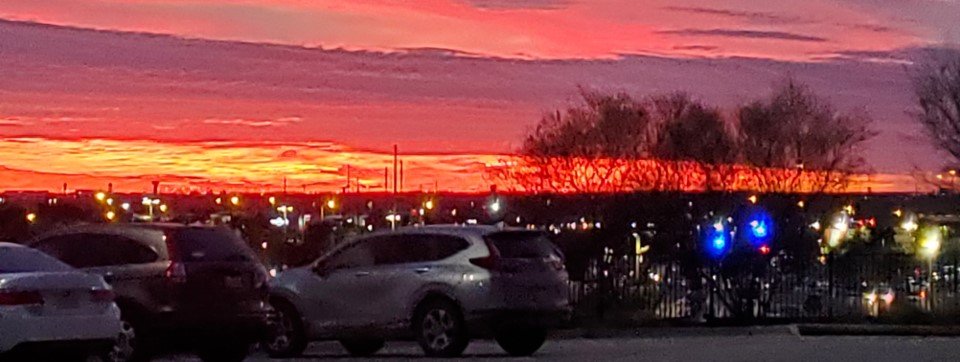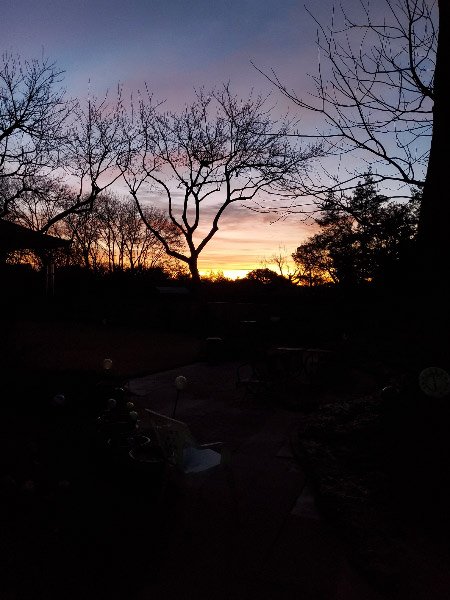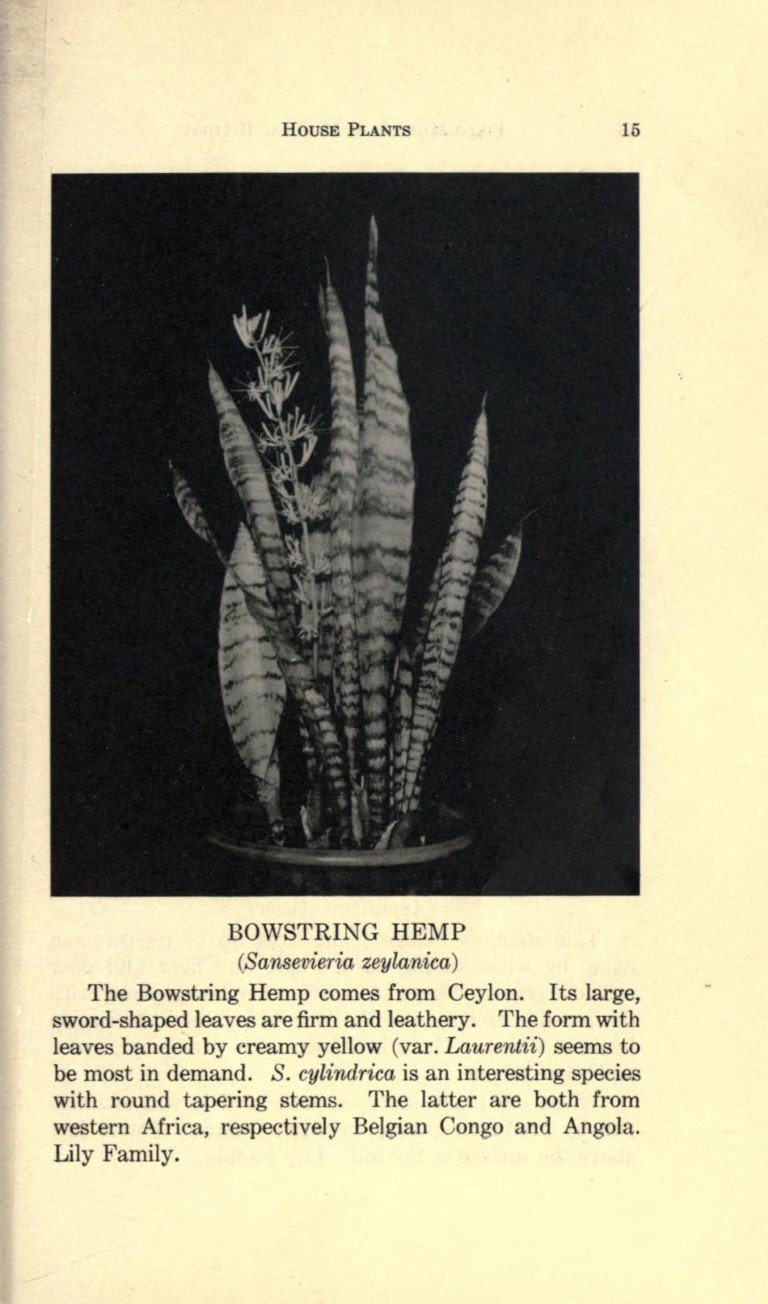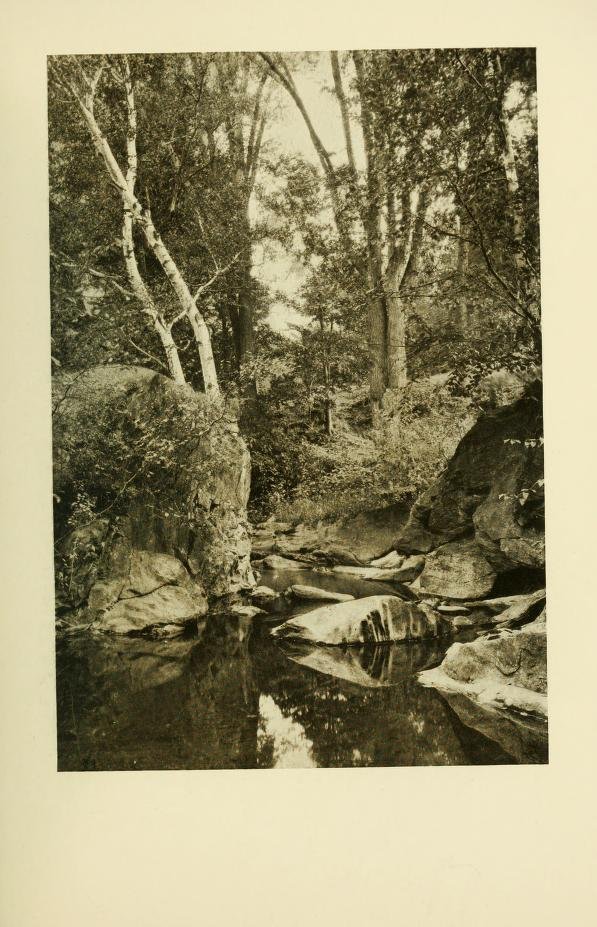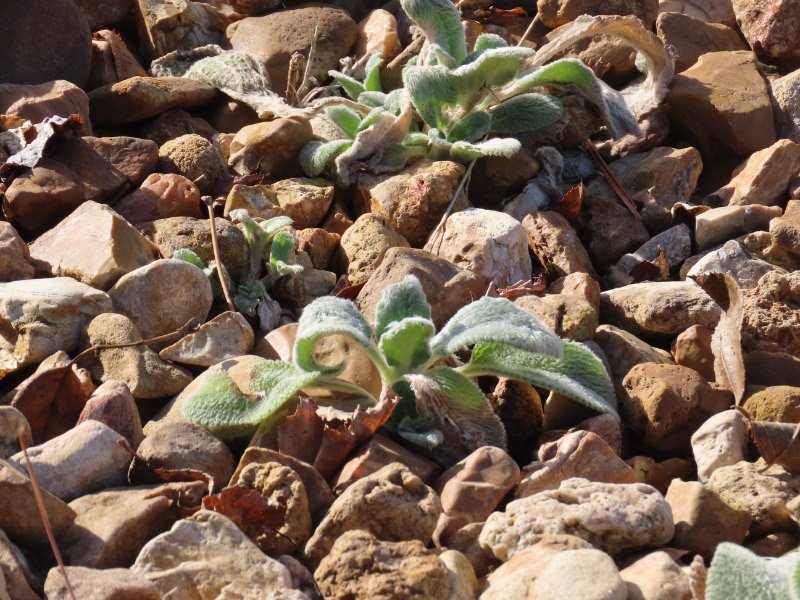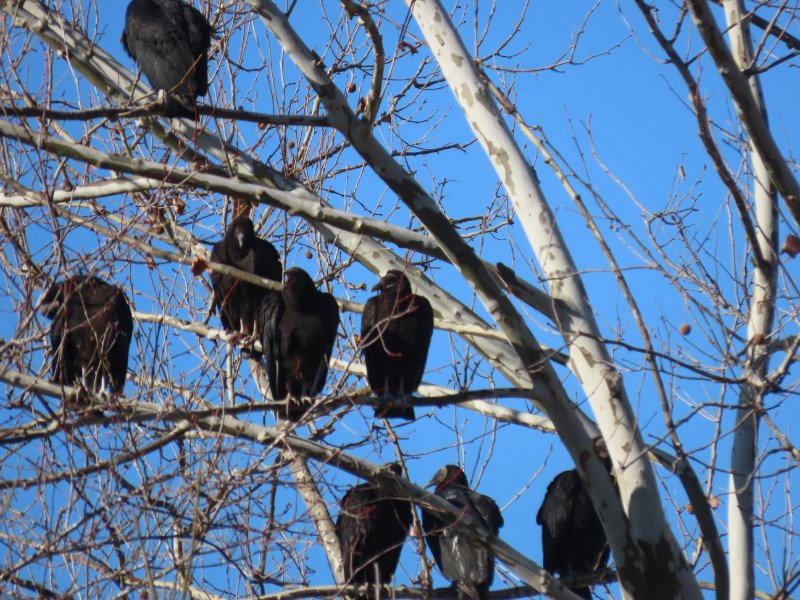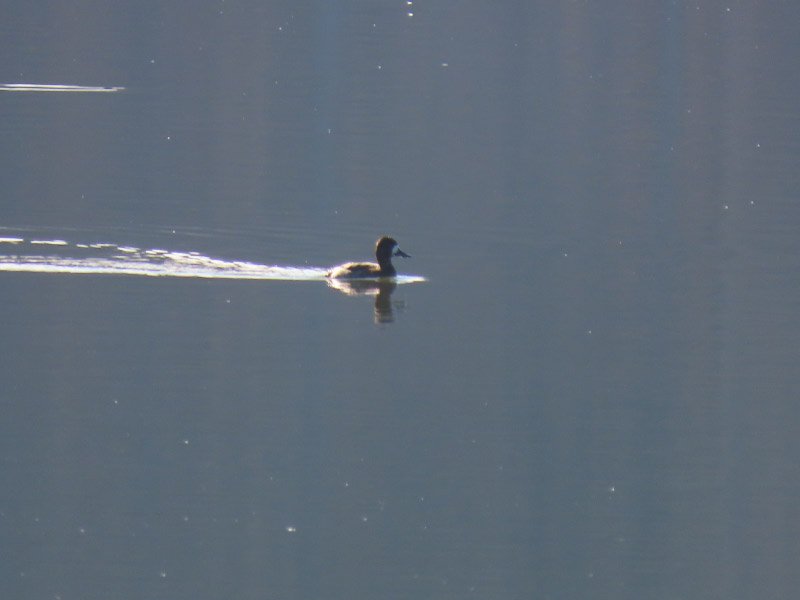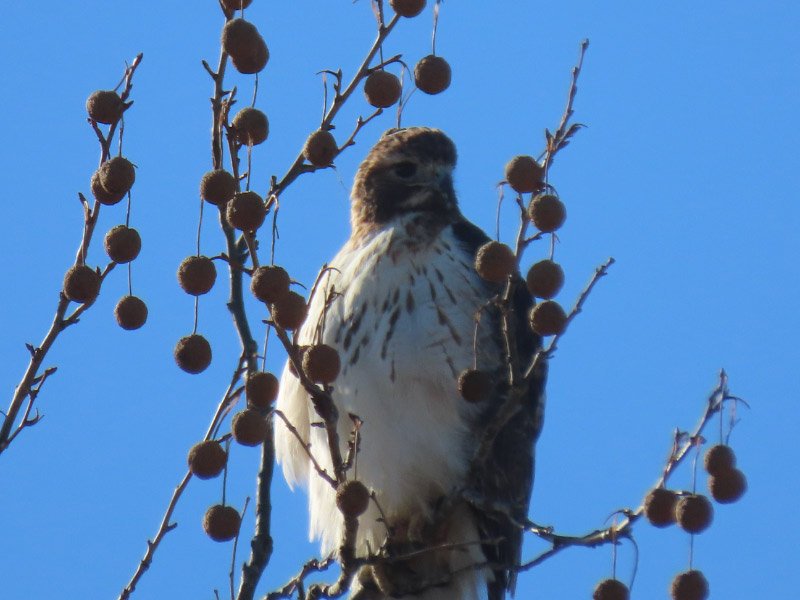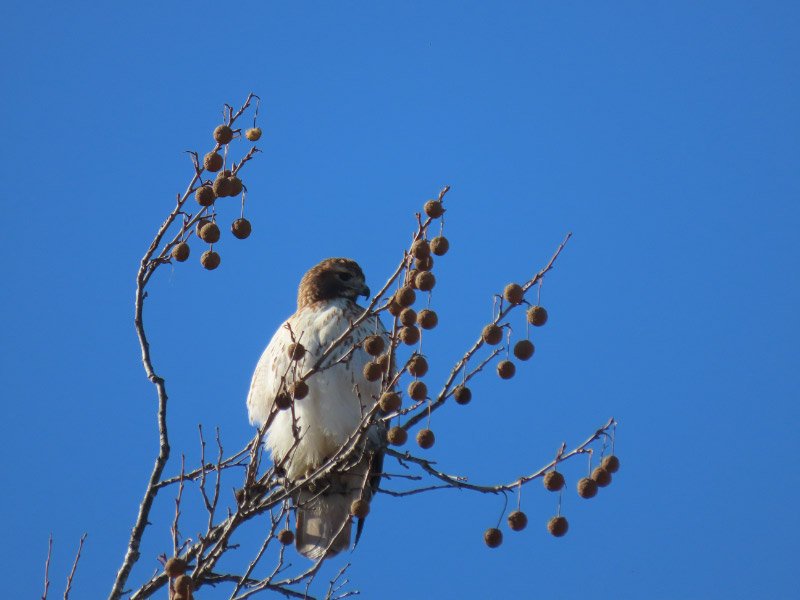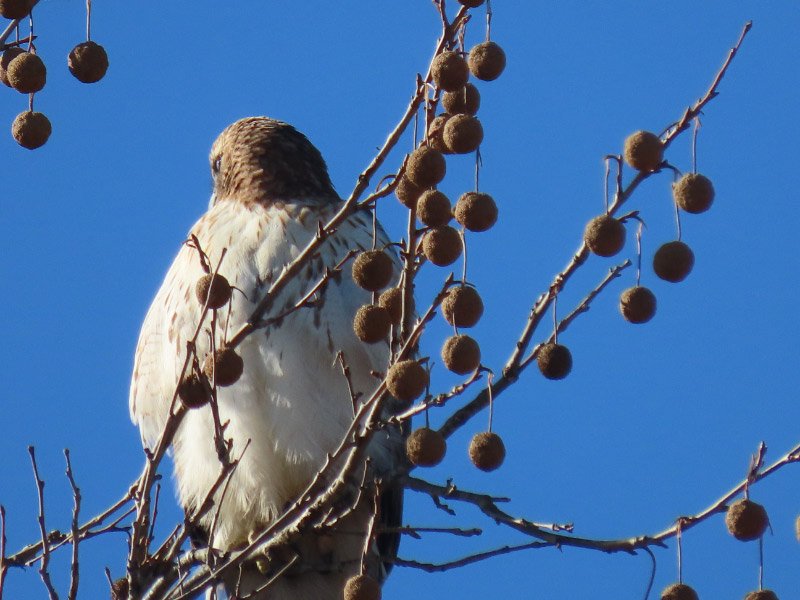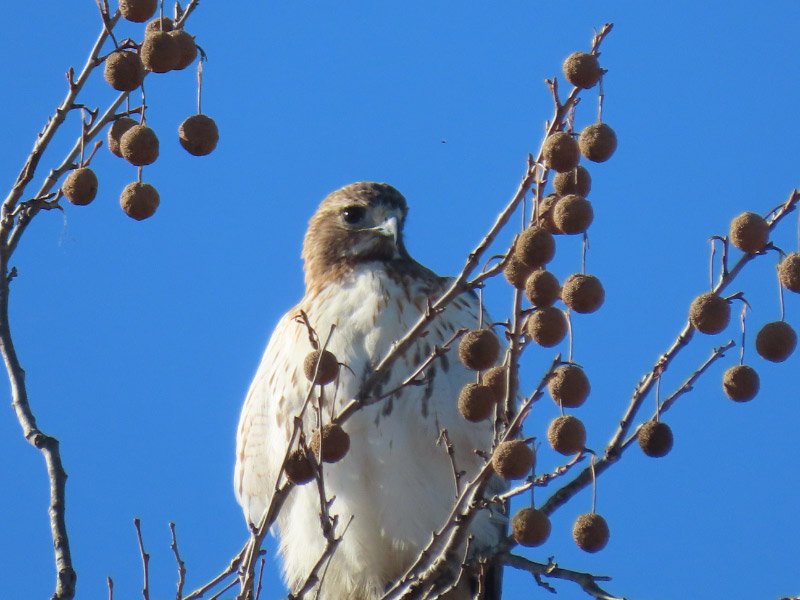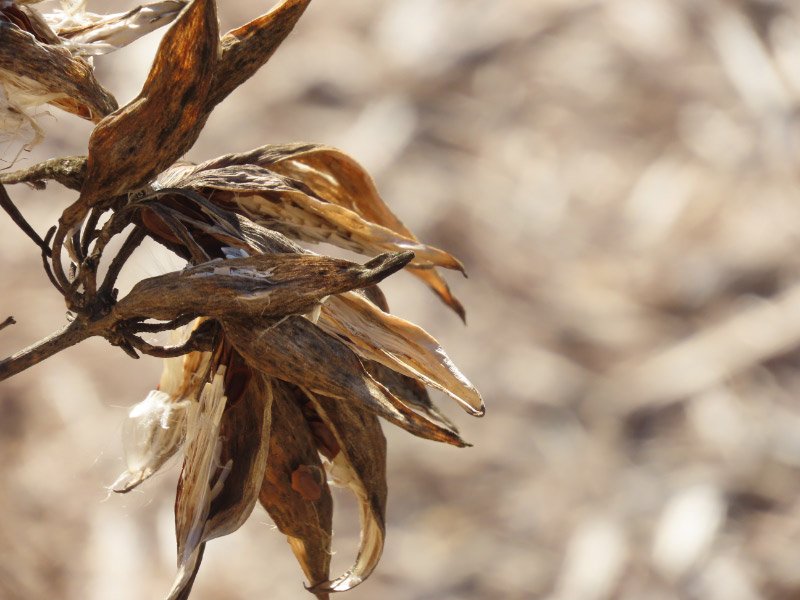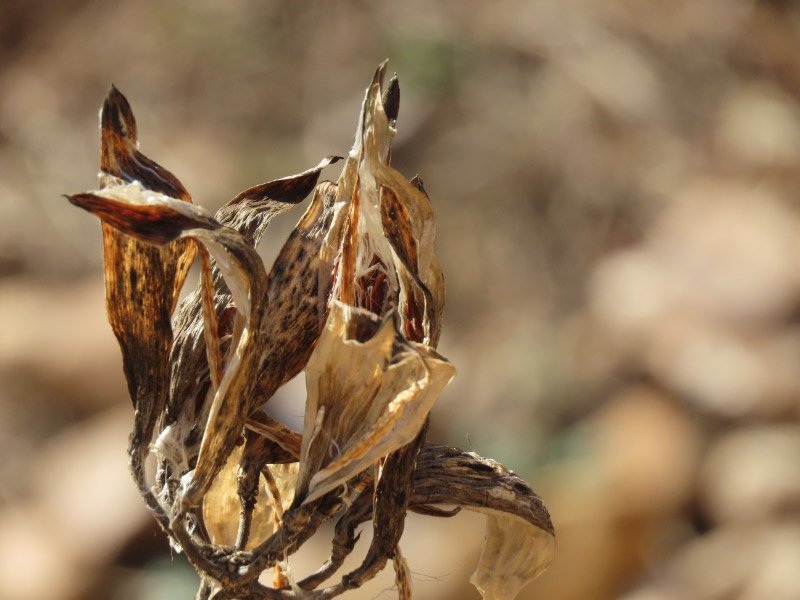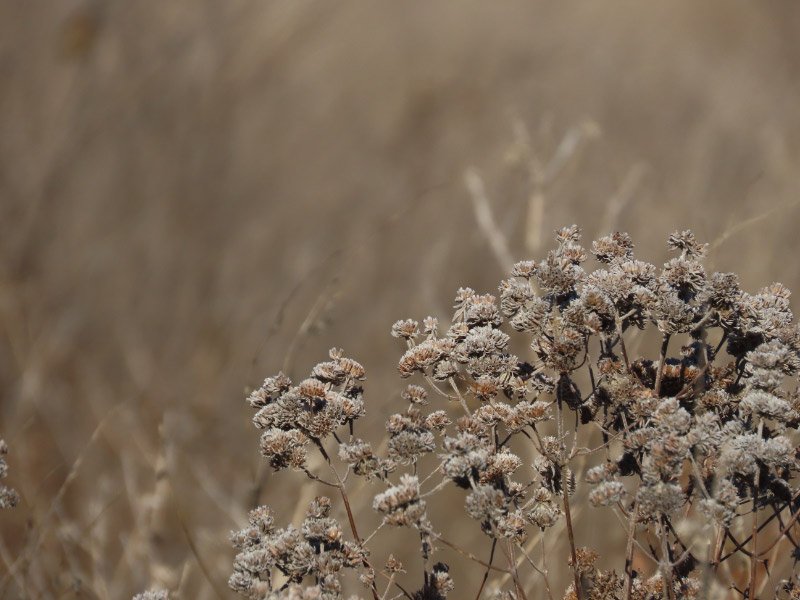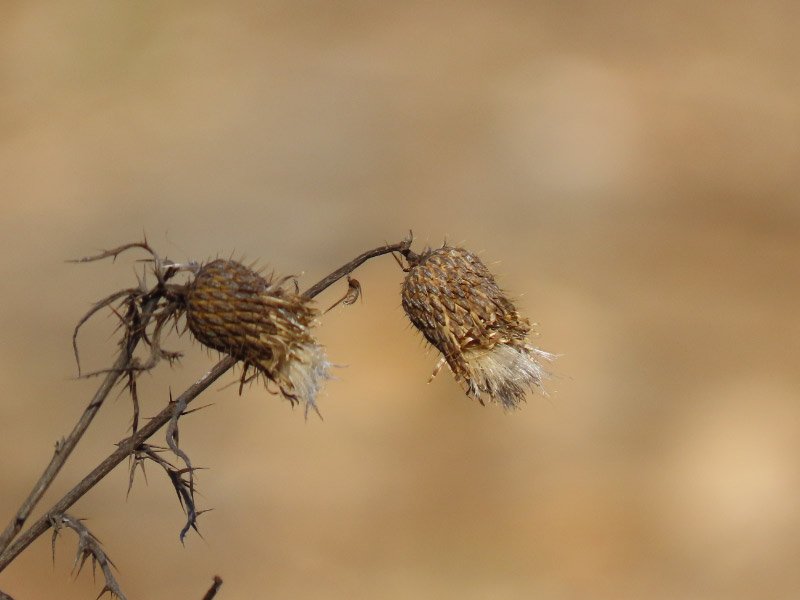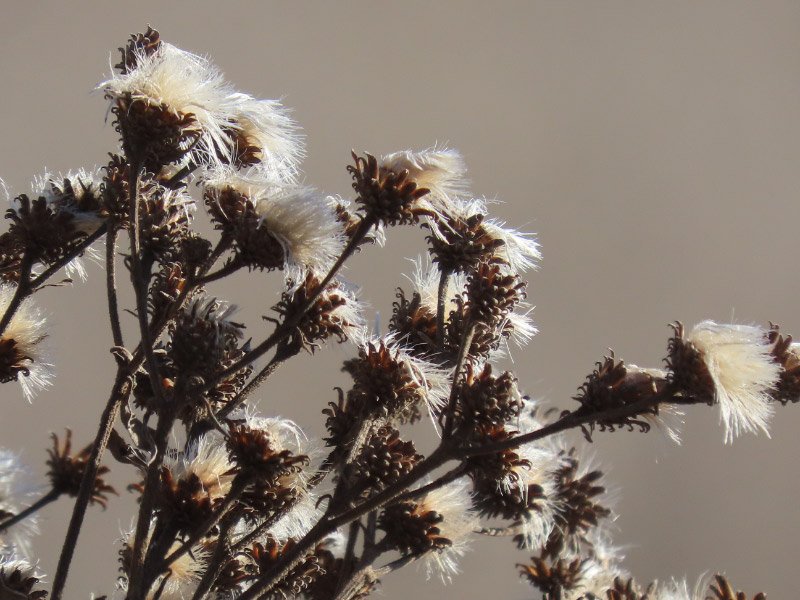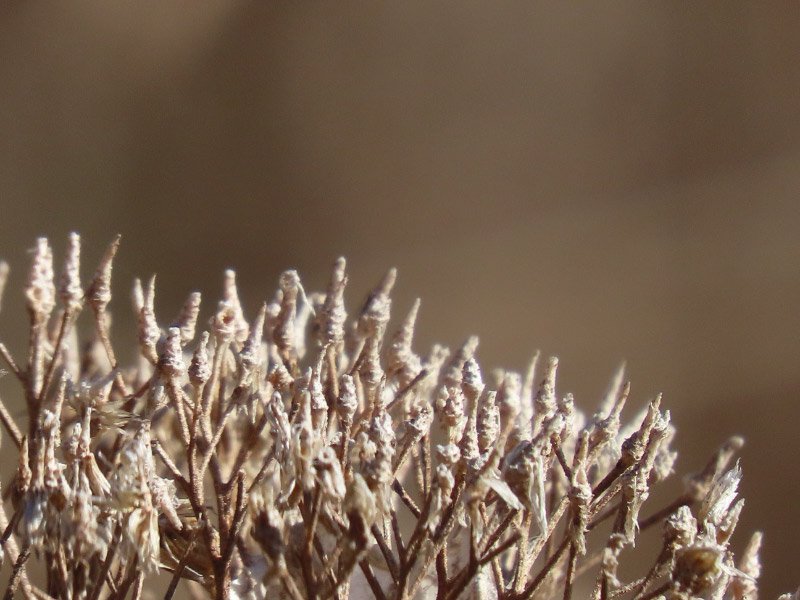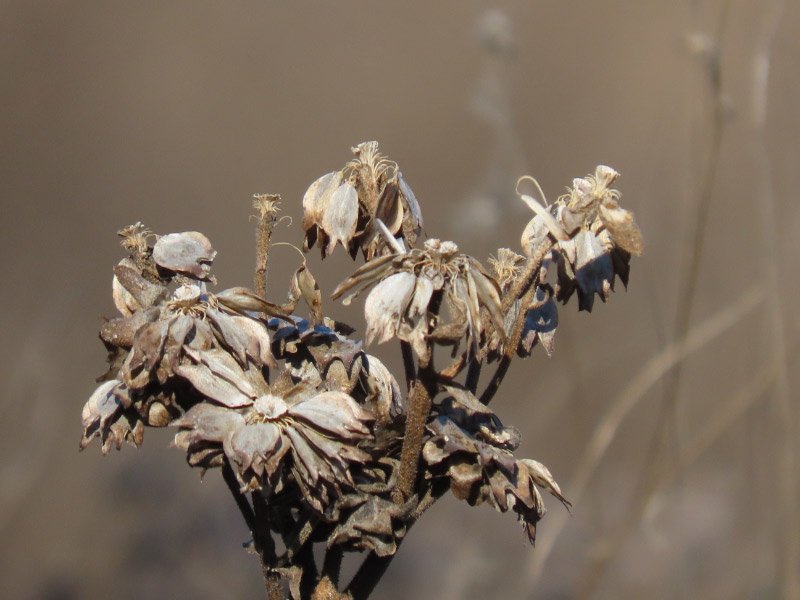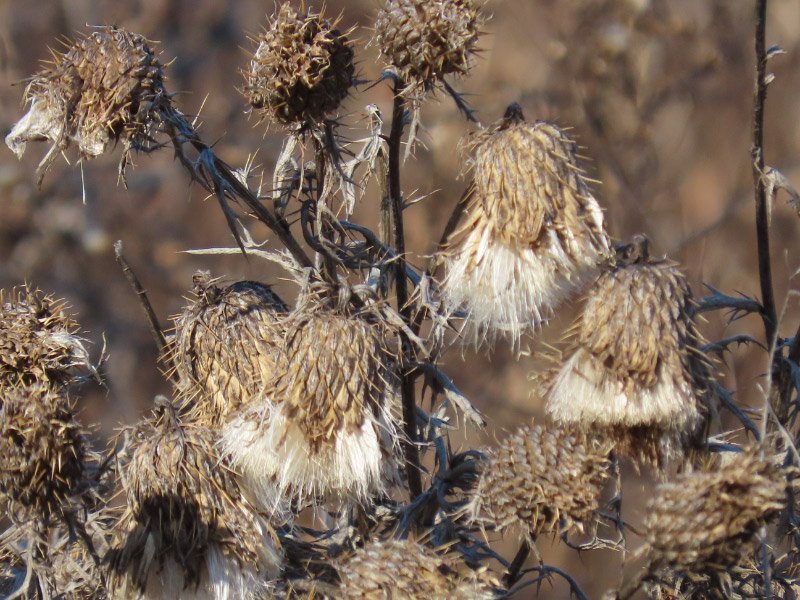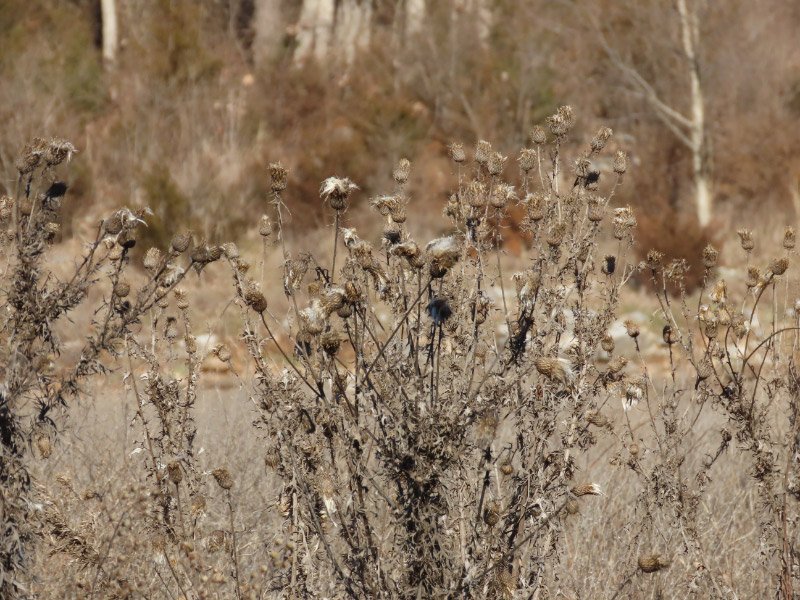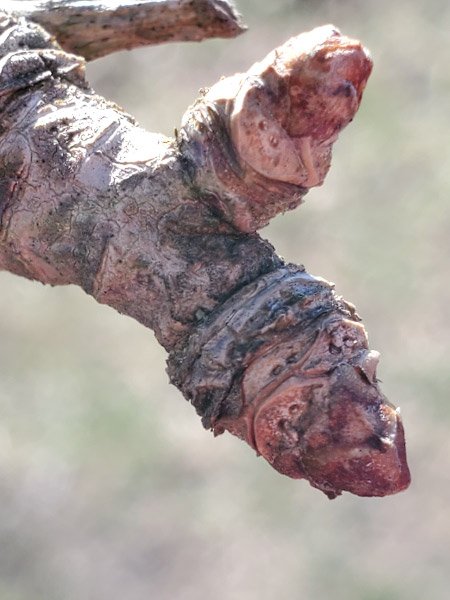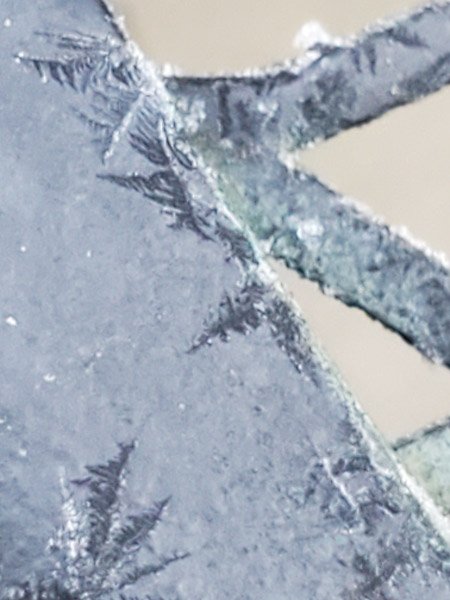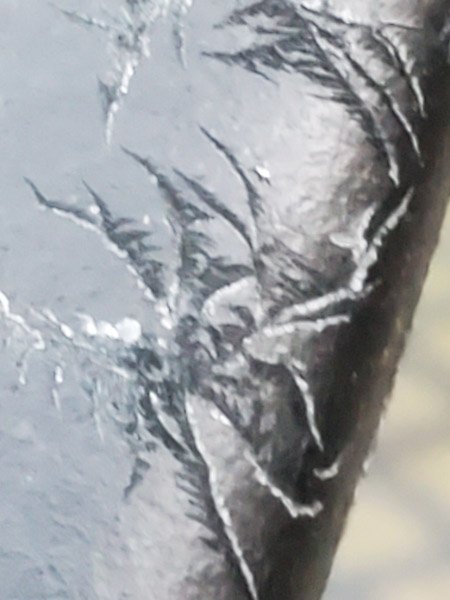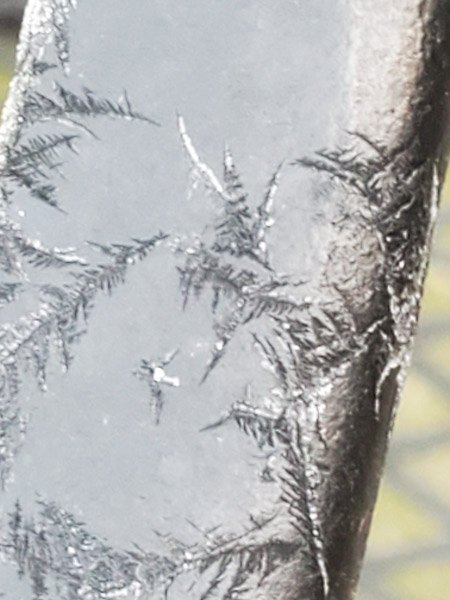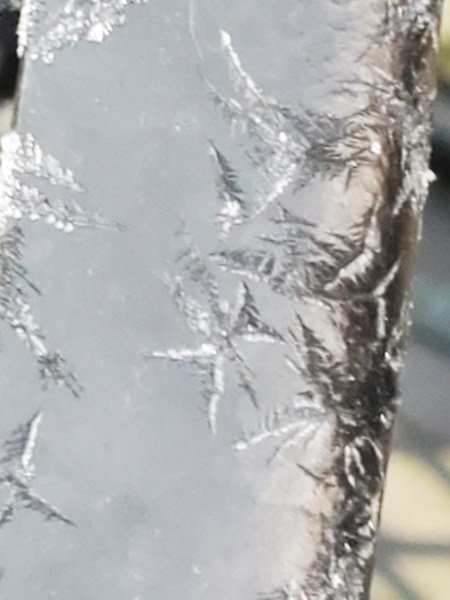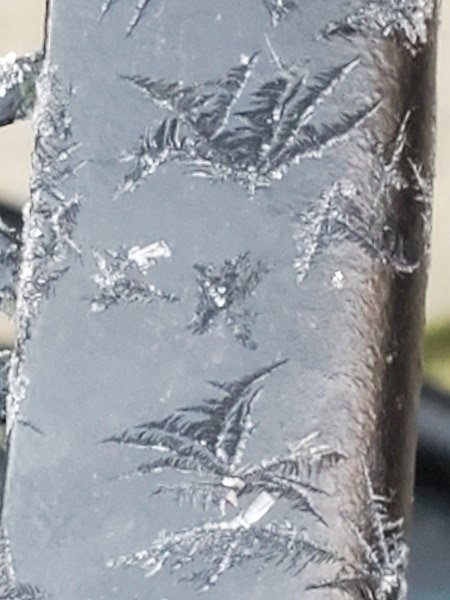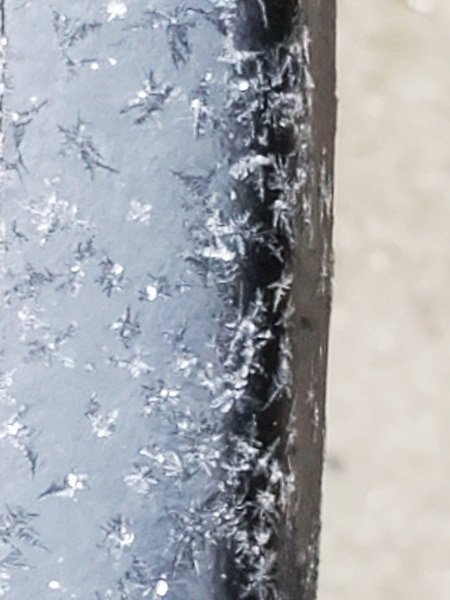Gleanings of the Week Ending February 25, 2023
/The items below were ‘the cream’ of the articles and websites I found this past week. Click on the light green text to look at the article.
The ancient diseases that plagued dinosaurs – Interdisciplinary teams are re-looking at dinosaur bones and comparing anomalies to diseases visible in modern bones….finding examples of dinosaurs with malignant bone cancer, septic arthritis, and airsacculitis. And it seems that there is a lot more to discover with the technologies now available to look at the fossils more closely and collaborating with vets (particularly vets that work with birds and reptiles).
A worthless life and the worthy death: euthanasia through the ages – The post is written from an Australian perspective and about Caitlin Mahar’s book: The Good Death Through Time. The topic is a thought provoking one….made more interesting with an overlay of history. I wondered how much the growth of medical interventions has changed the way we envision ‘worthy death’ or is the phrase ‘death with dignity’ a better description now.
Residential solar advantages – 5 top benefits – This is something my husband and I plan to do…solar-plus-storage is our 1st choice. Residential solar also has advantages beyond the home itself: it can power your transportation home too!
Fructose could drive Alzheimer’s disease – More research is needed…but it is interesting that the fructose consumption has gone up in the US (in 1977-1978 it was 37 g/day….in a 2008 study, it was 54.7 g/day). Maybe reducing the risk for Alzheimer’s is another reason to eliminate ultra-processed foods that typically contain a lot of fructose from our diet.
High-paying jobs that don't need a college degree? Thousands of them are sitting empty – Making a career in the trades….and there is a lot of work available.
Why methane surged in 2020 – Interesting findings and how they were developed. The two main reasons: 1) heightened emissions from wetlands because of unusually high temperatures and rainfall and 2) decline in NOx due to COVID-19 lockdowns which broke the chemical reaction in the atmosphere that produces hydroxyl (OH) that serves to remove methane from the atmosphere.
Why aren’t energy flows diagrams used more to inform decarbonization? – Yes! These are easier to understand than a lot of other graphics. The ‘heating the UK with heat pumps or green hydrogen’ diagram caused a ‘learned something new’ moment for me!
Will we ever be able to predict earthquakes? – The answer might be ‘no’ – but there are still a lot of people trying. We can’t rely on predicting them to reduce the destruction in infrastructure and lives. Enforced building codes would reduce destruction and save lives since we already know the areas of high risk for earthquakes. It will be interesting to see an analysis of what the damage from the recent Turkey/Syria earthquake would have been if building codes would have been enforced (the ones that Turkey evidently instituted after the previous earthquake…and also if the ‘best in world’ standards has been enforced).
15th-Century Spices Identified in Royal Shipwreck – Analysis of plants from a 1495 shipwreck in the Baltic Sea off the coast of Sweden: nutmeg, cloves, mustard, dill, saffron, ginger, peppercorns, almonds, blackberries, raspberries, grapes and flax. The findings provide insight on cuisine and trade of the era.
Did you know pronghorns shed their horns? – No…but it a good piece of trivia. I remember seeing pronghorns in New Mexico – racing our vehicle during a guided tour of Sevilleta National Wildlife Refuge.











